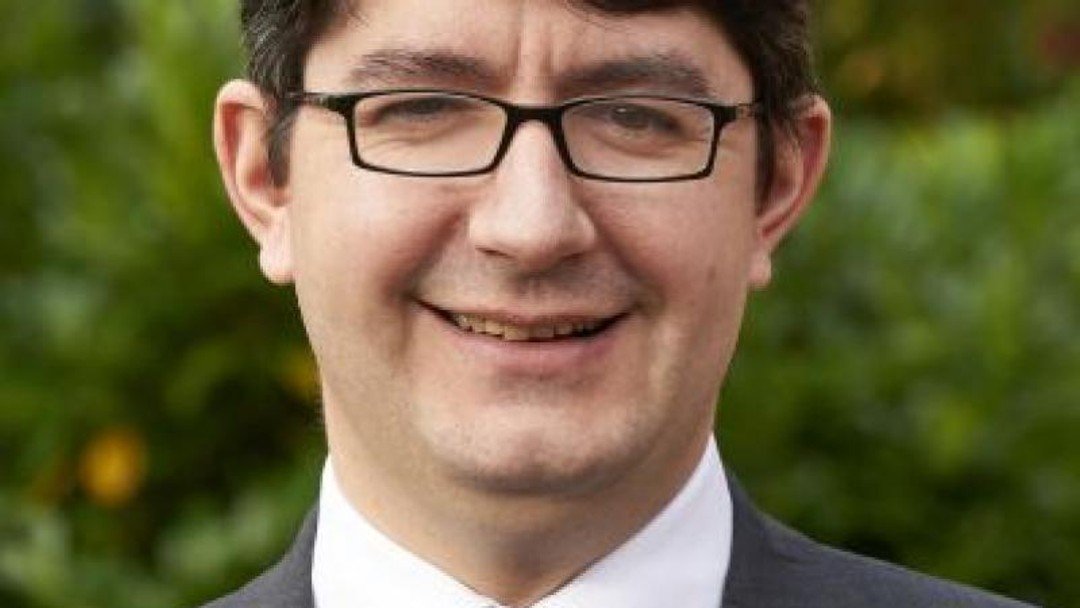A lost art

There is no government allowance or tax free incentive too small to be taken advantage of, not least of all CGT allowances
In the 2016 Budget, a surprise tax cut reduced the rate of capital gains tax (CGT) down to 20 per cent and 10 per cent for higher and basic rate taxpayers respectively. However, CGT remains a concern for many larger investors.
When I started training to be an independent financial adviser, I was taught that CGT planning was one of the key steps to helping investment clients avoid paying unnecessary tax. However, having taken on several new clients recently, it has become clear to me that many other advisers are overlooking this simple but fundamental aspect of tax planning.
The principle is fairly simple. Each individual has their own CGT allowance so they can realise, tax-free, gains of up to £11,100 each year. The allowance can't be carried forward however, so clients and their advisers should look to sell or switch assets around in order to deliberately crystallise gains of up to (but no more than) £11,100 a year.
The portfolio (or at least a part of it) is rebased each tax year, increasing the base cost for the assets and avoiding the portfolio becoming 'pregnant' with gain. It's important to ensure that the tax tail is not wagging the investment dog but there is normally scope for CGT planning in even the most tightly-defined portfolio.
Capital caveats
It's worth pointing out that for this CGT planning to work, you cannot repurchase the same asset within the following 30 days. To avoid being completely out of the market for a month, it is normally a good idea to rejig the portfolio by switching to similar assets to those which you have sold.
Care also needs to be taken if realising losses. Gains and losses in the same year are set off against each other first, not the annual allowance. Consequently (provided you are happy with the underlying assets) it is sometimes best, from a CGT perspective, to keep those investments showing a loss to set against a bigger profit elsewhere in the future.
In terms of the annual exercise of crystallising and rebasing CGT, and assuming capital growth of 3 to 5 per cent per annum, this means that an individual should be able to manage an investment portfolio (excluding ISAs) of around £220,000 to £370,000 per individual without incurring a CGT liability.
In addition, the yearly exercise can be combined with making ISA contributions, (this is commonly known as a 'bed & ISA') so that once CGT is crystallised on a tranche of money, the ISA exemption means it won't then build up again.
Idleness rewards no one
None of these points are especially complex planning strategies; the important thing is making sure they are done. A recent case of a new client highlighted the problems of neglect in this area. The previous advisers completely ignored CGT planning and as a result, the client's portfolio has £100,000 of unrealised gains and a potential CGT bill (at current rates) of nearly £25,000 if he needed to sell his portfolio at short notice.
We put together a CGT planning strategy to realise £22,200 of gain each tax year, utilising both his and his wife's allowances, and will manage out the entire taxable gain over five years or so. The client's CGT saving of c£6,000 a year (c£4,400 under the new lower rates) was much more than our advice fees, consequently we now have a delighted client.
It's true that there are aspects which are more complex - for example notional distributions and 1982 rebasing, but these are the exception rather than the rule. While CGT is seemingly a lost art, it is certainly not a dark art, and a good planner will ensure that it's an integral part of what they do.
Scott Gallacher is a director at Rowley Turton
He writes the regular IFA comment in Private Client Adviser